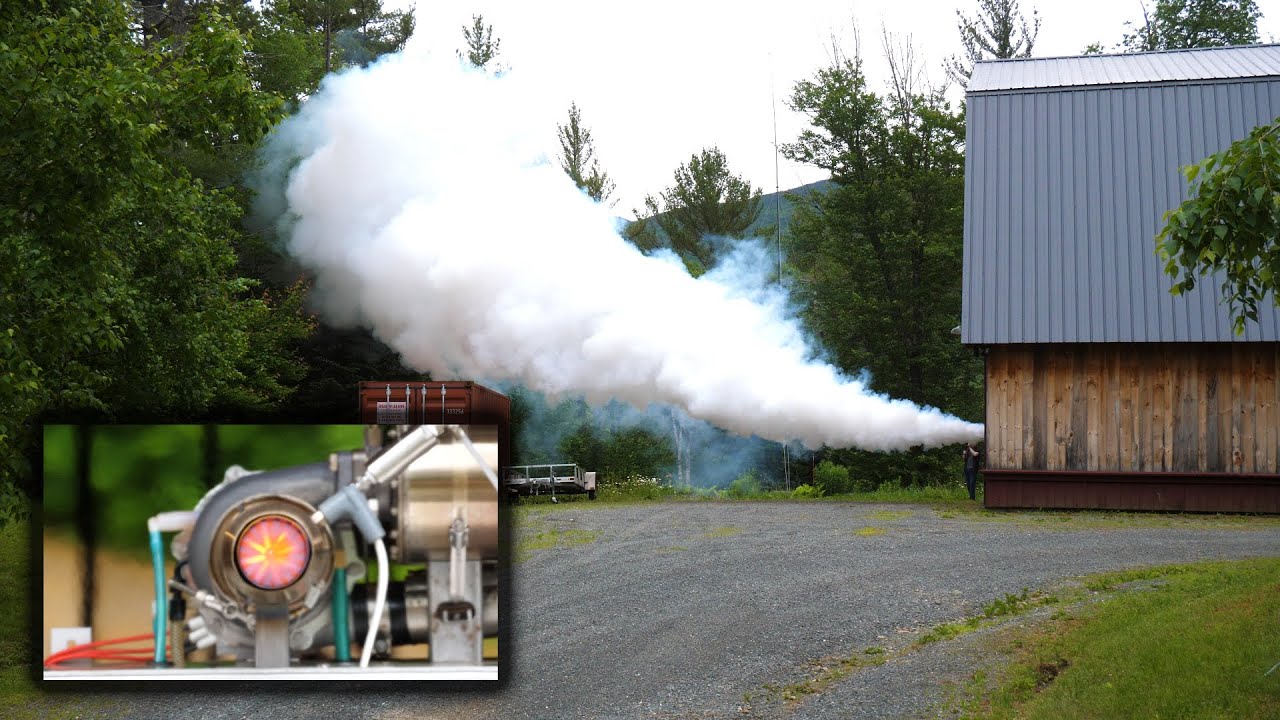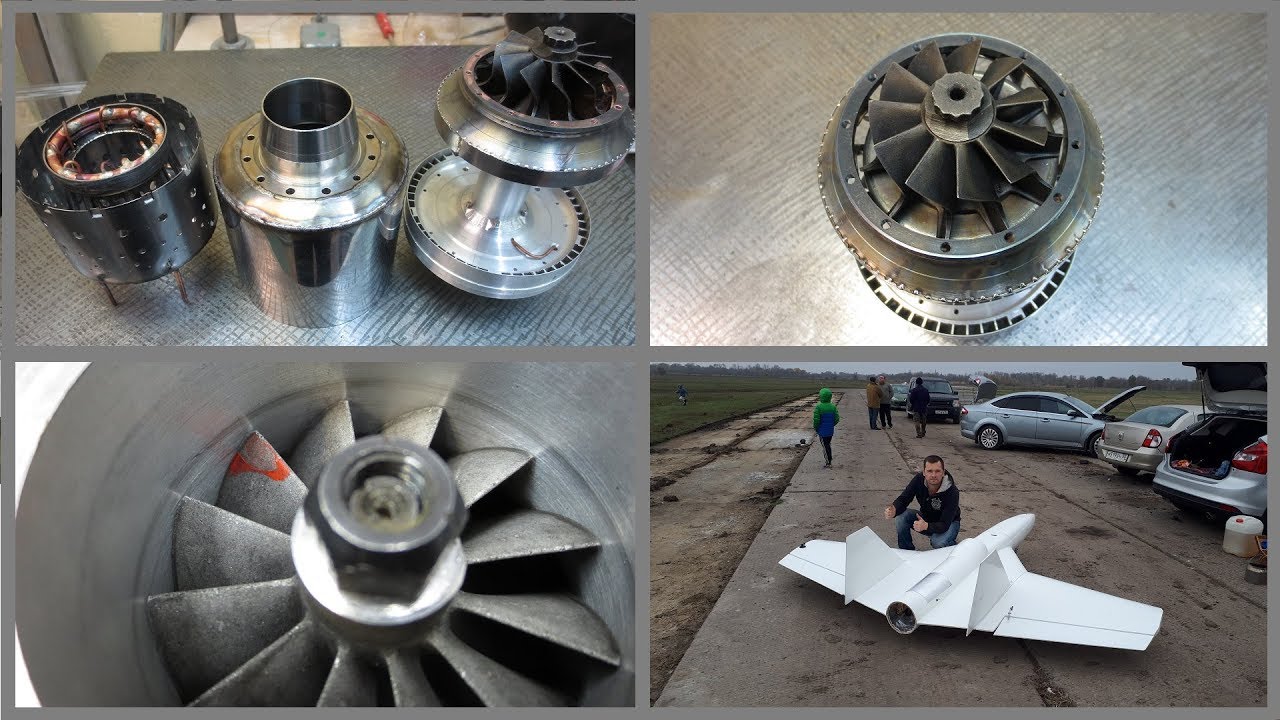Plus, how to build a jet-powered fog machine!
This is a great science fair idea!
I wonder what’s the smallest sized jet engine?
Came across this guy, Igor Negoda, who built a jet engine from scrap parts in his garage. His machining skills are impressive. The jet engine works and he builds a model plane… epic!
Jet engines are the cat’s meow in the RC model airplane world. Do a search on RC jets and be amazed. Bring your wallet if you wish to endeavor. It’s not cheep.
The cool thing though. Unlike the prop RC plane’s . They really do crash and BURN like the full size planes.
I haven’t yet watched the RC jet video. The original one on afterburners, though, causes me to appreciate the architecture of a commercial jet engine which actually fits in a tubular nacelle (compared to the rather un-aerodynamic cart-mounted engine). No wonder it looks so crowded in a commercial engine. Reminds me of the difference between the original H-‘bomb’ configurations (large, undeliverable concoctions) and actual deliverable warheads - now miniaturized so as to fit in multiple independently-targetable reentry vehicles. Amazing engineering!
This is because modern jet engines are all of the axial flow design while the compressor of the turbocharger from which the engine in the video was made is of the centrifugal design, as used by Frank Whittle in the original British turbojet engines. The centrifugal engines were wider in profile, which is why many of the airplanes that used them buried them in the wings or fuselage to avoid the drag they would produce if placed in a nacelle.
Axial flow engines are longer and more difficult to manufacture and get to work, but they allow multi-stage compressors which boost thrust and fuel economy.
Thank you - totally get it, for now I’m completely happy to watch from a distance ![]()

